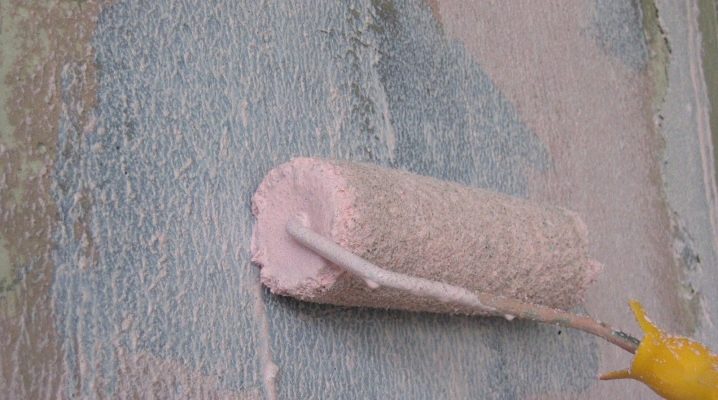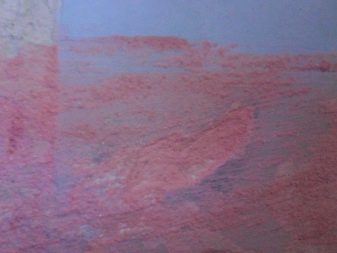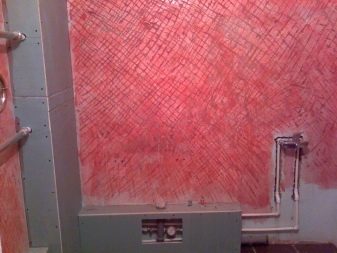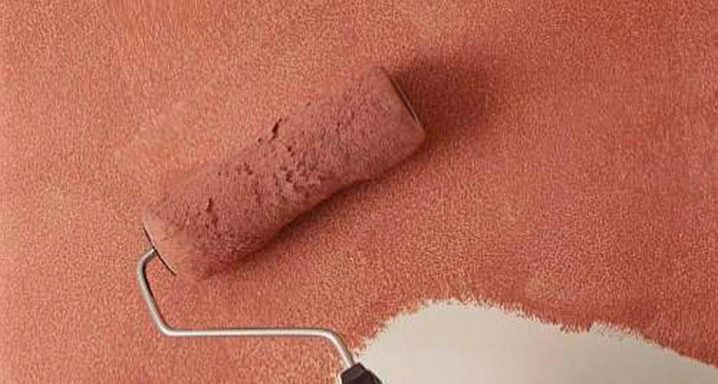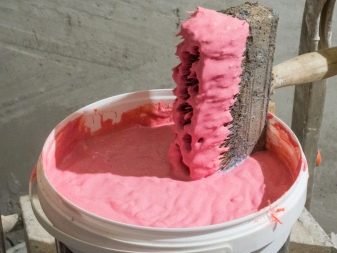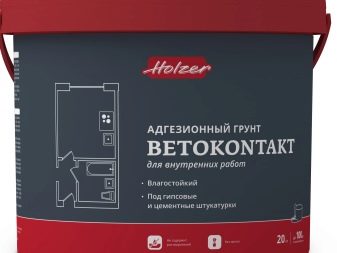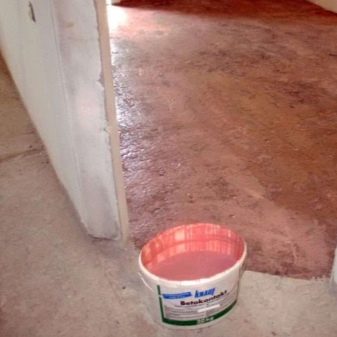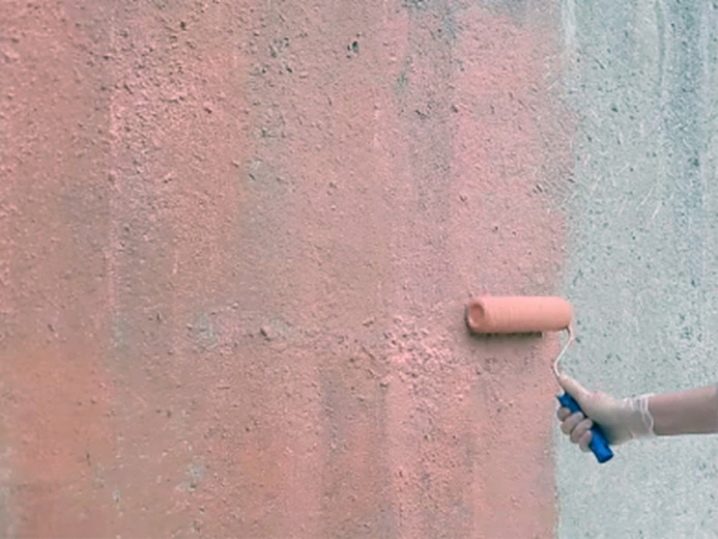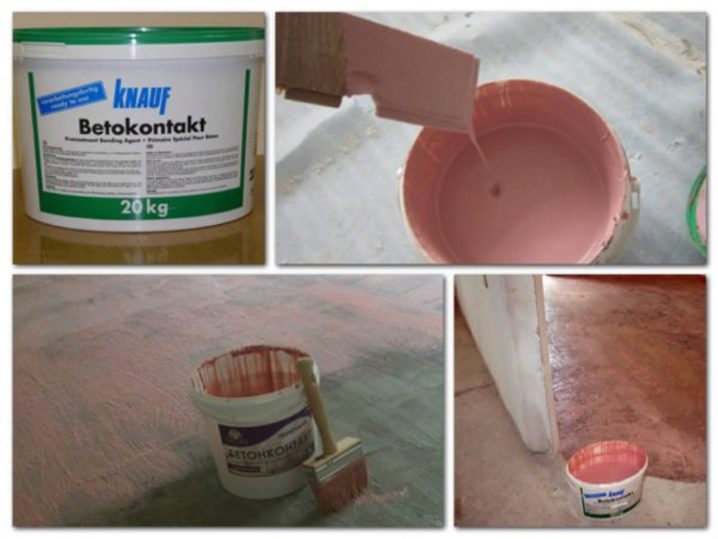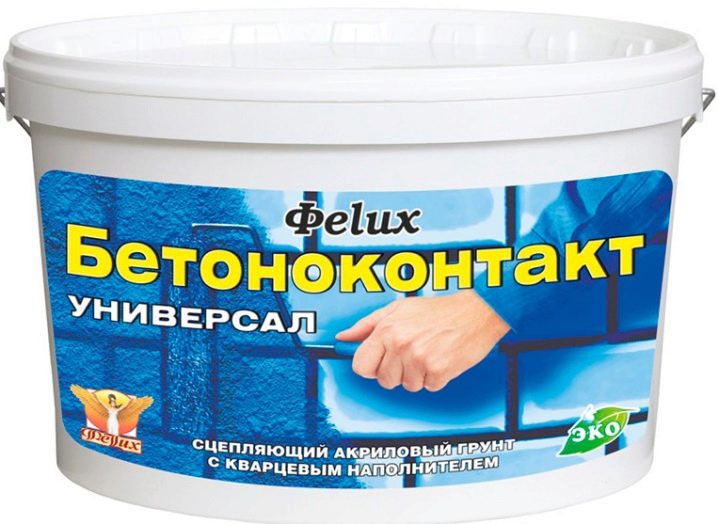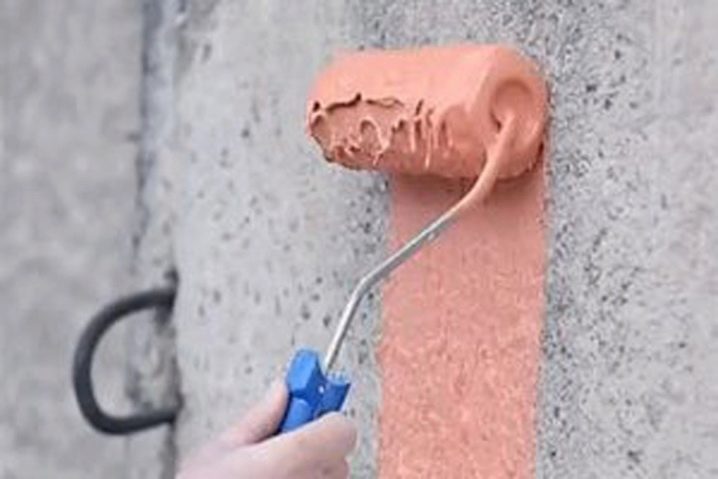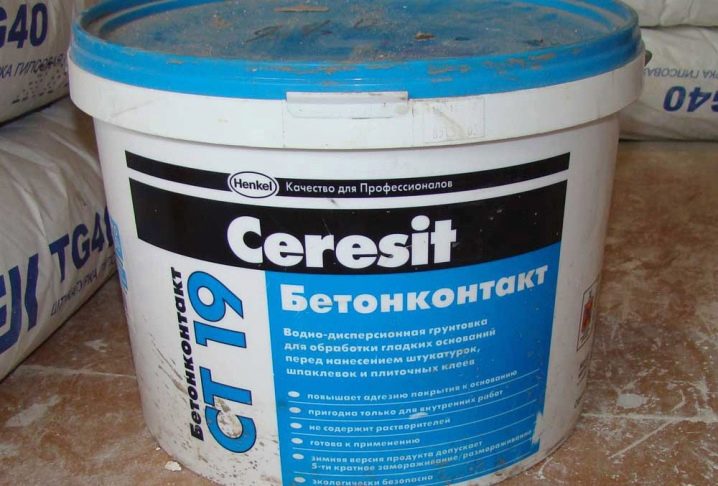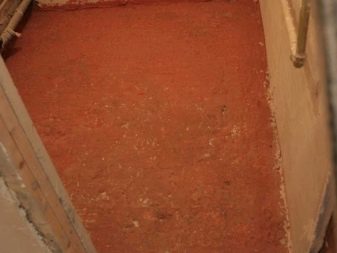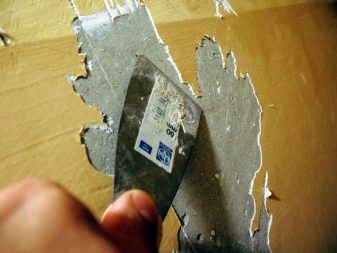Subtleties of the process of applying concrete contact on the walls
Often, in the process of building or repairing, there is a need to glue two materials that cannot bond together. Until recently, for builders and craftsmen this was almost an unsolvable problem. However, today these problems can be solved using a special primer called concrete contact.
Specifications
Concrete contact consists of:
- sand;
- cement;
- acrylate dispersion;
- special fillers and additives.
The main characteristics of concrete contact:
- used for non-absorbent surfaces as an adhesive bridge;
- designed to strengthen the surface;
- consists of safe substances;
- does not have an unpleasant, sharp or chemical smell;
- forms a waterproof film;
- prevents the development of mold and fungi;
- a dye has been added to control when applied to the concrete contact;
- sold as a solution or in ready-to-use form;
- dries from 1 to 4 hours;
- diluted composition of concrete contact does not lose its properties during the year.
Suitable for application on such surfaces:
- brick;
- concrete;
- drywall;
- tile;
- gypsum;
- wooden walls;
- metal surfaces
Some experts note that the composition does not fit well with the bitumen mastic, so it is better not to use the solution with it.
What is it used for?
Concrete is a type of primer on a sand-cement base with a large number of polymer additives. The main task of this material is to increase adhesion (adhesion of surfaces to each other). In a few minutes you can increase the adhesion of any material with the wall. To do this, you only need to put concrete contact.
It is very difficult to put plaster on a completely flat wall. - it will flake off, and then fall to the floor. After processing by concrete contact the wall becomes slightly rough. On such a basis, any finish will go easy.
How to make a mixture?
Often, there is no need to prepare this mixture - manufacturers are ready to sell a fully prepared solution. When buying such a concrete contact, it is sufficient to stir the entire contents until a homogeneous mass. It must be remembered that it can only be stored at positive temperatures.
Now very few people are preparing such mixtures with their own hands, because it is necessary to know the exact proportions, buy all the necessary materials, and also properly dilute them with water. Then you need to wait and see how the solution thickened. It is extremely energy-intensive, so everyone buys concrete contact ready-made. It is only necessary to read the instructions for use and properly work with this composition.
Application process
Before applying you need to know:
- concrete contact can be applied only in positive temperatures;
- relative humidity of air should not exceed 75%;
- apply something to the solution only after 12 - 15 hours;
- necessary to properly prepare the surface.
In the presence of dust, the quality of concrete contact will be noticeably reduced. Processing painted walls should take a large amount of time. You can also use detergents.
It is impossible to reduce the consumption of the solution - this can lead to the formation of places with low adhesion on the wall.
After surface preparation, you can start the main work:
- It is necessary to remove the old coating. For this work it is best to use brushes;
- the solution should be prepared only according to the instructions;
- this mixture cannot be diluted with water, otherwise the whole product will become unusable;
- the solution must be applied with a conventional roller or brush;
- when the material dries, it is necessary to apply the second layer;
- after applying the second layer, you must wait a day to continue the finishing work.
With the help of concrete contact you can prepare the walls for further finishing. The main thing is to use the solution correctly and not dilute it to increase the volume.
How to apply concrete contact Ceresit CT 19, see below in the video.
